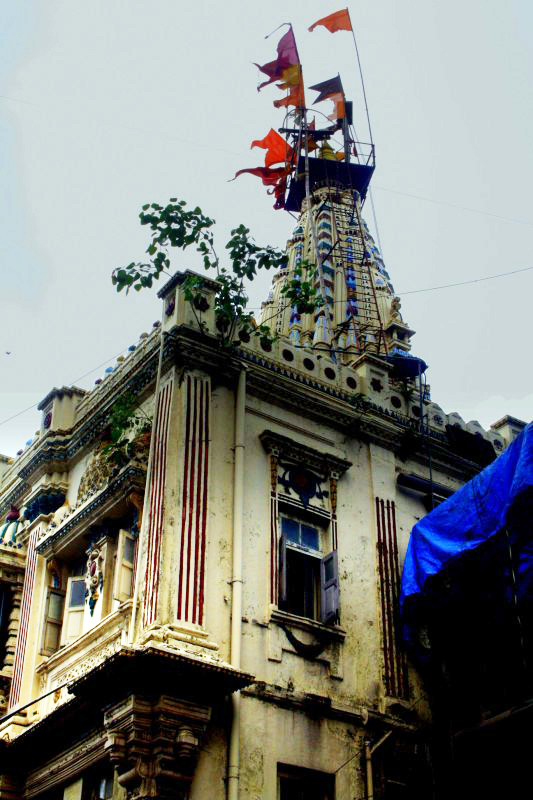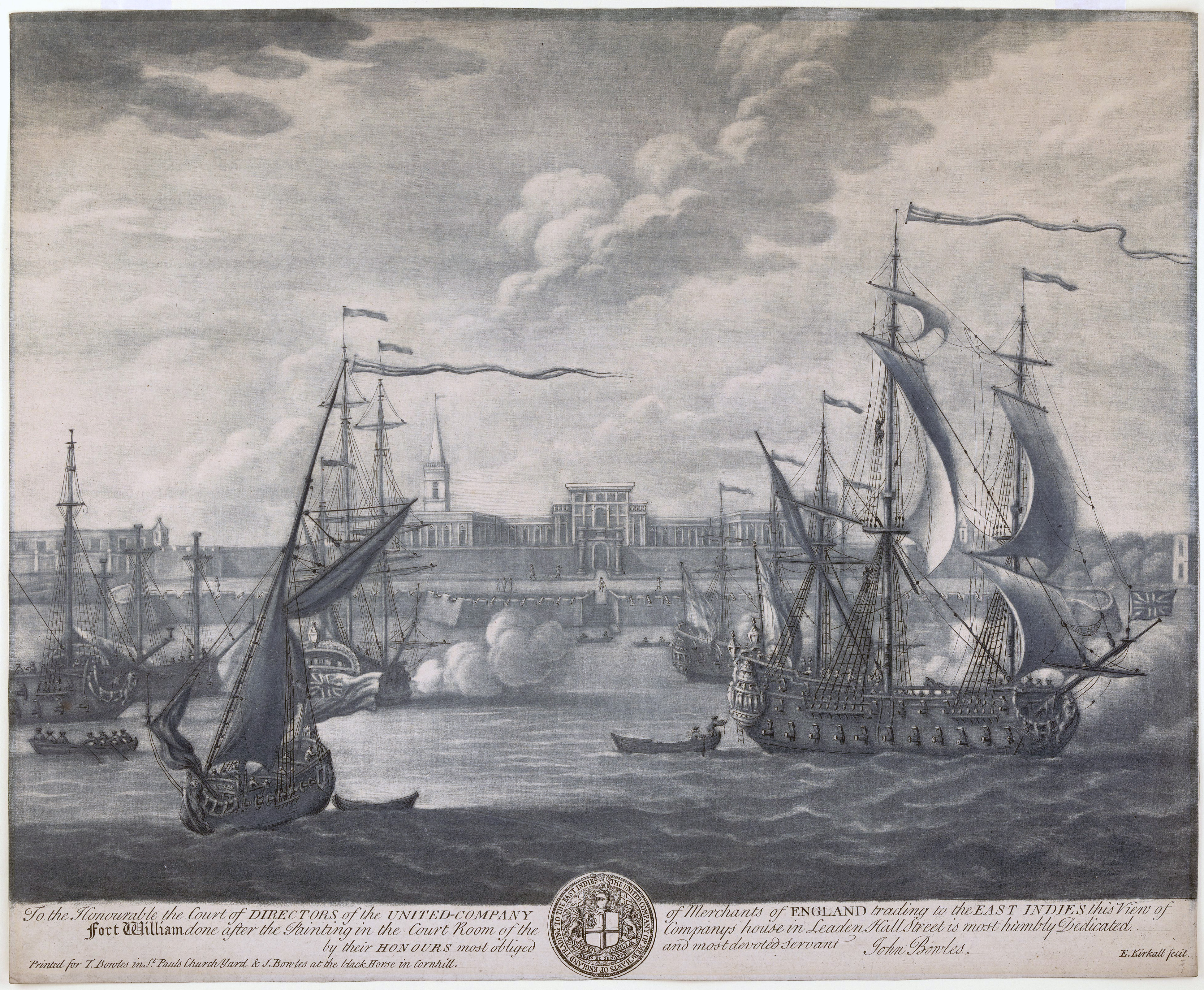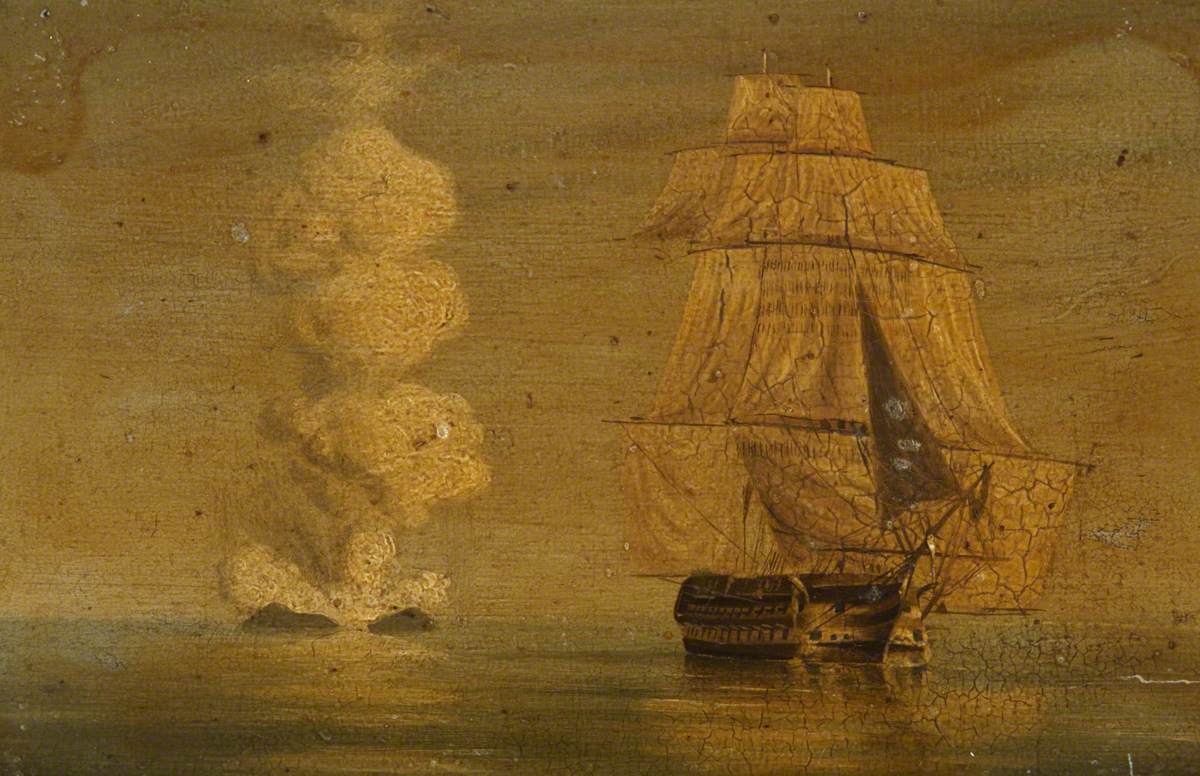|
Princess Charlotte (1796 EIC Ship)
''Princess Charlotte '' was an "extra ship’’ of the British East India Company (EIC), launched in 1796. She made four voyages for the EIC. On her second voyage she suffered a short-lived mutiny and then spent almost a year as an armed ship in the service of the EIC, including a voyage to the Red Sea. A squadron of the French Navy captured her in the Vizagapatam roads in 1804, on her fourth voyage. Voyages Because she sailed during the Napoleonic Wars, she sailed under letters of marque issued separately for each captain. These authorized her masters to engage in offensive action against the French, and not just defend themselves; that they were allowed to do without a letter. Voyage #1 (1796-97) ''Princess Charlotte '', under the command of Captain Charles Elton Prescott, left Portsmouth on 27 June 1796. Prescott’s letter of marque was dated 16 April 1796. She reached Cape Town on 20 September, and Madras on 9 January 1797. For the return trip she reached Trincomalee on ... [...More Info...] [...Related Items...] OR: [Wikipedia] [Google] [Baidu] |
Thomas Sutherland (engraver)
Thomas Sutherland may refer to: *Thomas W. Sutherland (ca. 1817–1859), early settler and attorney in San Diego, California *Thomas Sutherland (banker) (1834–1922), Scottish banker in Hong Kong * Thomas Sutherland (British Army officer) (1888–1946), British Army officer *Thomas Sutherland (academic) (1931–2016), former Dean of Agriculture in Lebanon, kidnapped by Islamic Jihad * Thomas Sutherland (cricketer) (1880–?), English first-class cricketer *Thomas Sutherland (artist) Thomas Sutherland (1785–1838) was a British engraver and aquatinter. As well as contributing illustrations to Rudolf Ackermann's ''The Microcosm of London'', he also produced a series of prints based on the Peninsular War. [...More Info...] [...Related Items...] OR: [Wikipedia] [Google] [Baidu] |
Trincomalee
Trincomalee (; ta, திருகோணமலை, translit=Tirukōṇamalai; si, ත්රිකුණාමළය, translit= Trikuṇāmaḷaya), also known as Gokanna and Gokarna, is the administrative headquarters of the Trincomalee District and major resort port city of Eastern Province, Sri Lanka. Located on the east coast of the island overlooking the Trincomalee Harbour, north-east of Colombo, south-east of Jaffna and miles north of Batticaloa, Trincomalee has been one of the main centres of Sri Lankan Tamil language speaking culture on the island for over two millennia. With a population of 99,135, the city is built on a peninsula of the same name, which divides its inner and outer harbours. People from Trincomalee are known as Trincomalians and the local authority is Trincomalee Urban Council. Trincomalee city is home to the famous Koneswaram temple from where it developed and earned its historic Tamil name ''Thirukonamalai''. The town is home to other hist ... [...More Info...] [...Related Items...] OR: [Wikipedia] [Google] [Baidu] |
Kingdom Of Mysore
The Kingdom of Mysore was a realm in southern India, traditionally believed to have been founded in 1399 in the vicinity of the modern city of Mysore. From 1799 until 1950, it was a princely state, until 1947 in a subsidiary alliance with British India. The British took Direct Control over the Princely State in 1831.Rajakaryaprasakta Rao Bahadur (1936), p383 It then became Mysore State (later enlarged and renamed to Karnataka) with its ruler remaining as Rajapramukh until 1956, when he became the first Governor of the reformed state. The kingdom, which was founded and ruled for most part by the Hindu Wodeyar family, initially served as feudatories under the Vijayanagara Empire. The 17th century saw a steady expansion of its territory and during the rule of Narasaraja Wodeyar I and Chikka Devaraja Wodeyar, the kingdom annexed large expanses of what is now southern Karnataka and parts of Tamil Nadu to become a powerful state in the southern Deccan. During a brief Muslim rule, ... [...More Info...] [...Related Items...] OR: [Wikipedia] [Google] [Baidu] |
John Blankett
Rear-Admiral John Blankett, (c. 1740 – 14 July 1801) was a Royal Navy officer of the late eighteenth century who served in three major wars, but was best known for his service in the Red Sea during the late stages French Revolutionary Wars when he blocked French ambitions in the Indian Ocean. Life Blankett was born in approximately 1740 and by 1758 was a midshipman in the Royal Navy, serving in HMS ''Somerset'' at the Siege of Louisbourg and the capture of Quebec. In 1761 he wrote a report on the possibility of a Northwest Passage and was promoted to lieutenant. Shortly afterwards he was convicted of murder at Gibraltar and sentenced to death, but was later reprieved. In 1763 he traveled to Russia to obtain intelligence about the recent Russian exploration of the northern Pacific coast.Blankett, John '' |
Mumbai
Mumbai (, ; also known as Bombay — the official name until 1995) is the capital city of the Indian state of Maharashtra and the ''de facto'' financial centre of India. According to the United Nations, as of 2018, Mumbai is the second-most populous city in India after Delhi and the eighth-most populous city in the world with a population of roughly 20 million (2 crore). As per the Indian government population census of 2011, Mumbai was the most populous city in India with an estimated city proper population of 12.5 million (1.25 crore) living under the Brihanmumbai Municipal Corporation. Mumbai is the centre of the Mumbai Metropolitan Region, the sixth most populous metropolitan area in the world with a population of over 23 million (2.3 crore). Mumbai lies on the Konkan coast on the west coast of India and has a deep natural harbour. In 2008, Mumbai was named an alpha world city. It has the highest number of millionaires and billionaires among all ... [...More Info...] [...Related Items...] OR: [Wikipedia] [Google] [Baidu] |
Netrani Island
Netrani (historically known as Bajrangi Island, Pigeon Island and also Heart Shaped Island) is a small island of India located in the Arabian Sea. It is off the coast of Karnataka situated approximately from the temple town of Murudeshwara in Bhatkal Taluka. The island can be seen from the mainland over 15 km (9.3 miles) away. Views above give this island the appearance of being heart-shaped. Its animal inhabitants include wild goats and pigeons. It has scuba diving facilities and is easily accessible from Bhatkal, Mangalore, Goa, Mumbai or Bangalore. There are dive shops at Murdeshwara and Goa which regularly organize trips to the island. It is known locally as Nitra Gudo. The famous Hindu temple Jai Bajrangbali Temple is located here. Coral reef Netrani is a coral island whose reefs teem with many varieties of butterfly fish, trigger fish, parrot fish, eel and shrimp. Divers have also reported seeing orcas and whale sharks around the island. Fish eagles thrive on sea sn ... [...More Info...] [...Related Items...] OR: [Wikipedia] [Google] [Baidu] |
Ship Of The Line
A ship of the line was a type of naval warship constructed during the Age of Sail from the 17th century to the mid-19th century. The ship of the line was designed for the naval tactic known as the line of battle, which depended on the two columns of opposing warships maneuvering to volley fire with the cannons along their broadsides. In conflicts where opposing ships were both able to fire from their broadsides, the opponent with more cannons firingand therefore more firepowertypically had an advantage. Since these engagements were almost invariably won by the heaviest ships carrying more of the most powerful guns, the natural progression was to build sailing vessels that were the largest and most powerful of their time. From the end of the 1840s, the introduction of steam power brought less dependence on the wind in battle and led to the construction of screw-driven wooden-hulled ships of the line; a number of purely sail-powered ships were converted to this propulsion ... [...More Info...] [...Related Items...] OR: [Wikipedia] [Google] [Baidu] |
Third Rate
In the rating system of the Royal Navy, a third rate was a ship of the line which from the 1720s mounted between 64 and 80 guns, typically built with two gun decks (thus the related term two-decker). Years of experience proved that the third rate ships embodied the best compromise between sailing ability (speed, handling), firepower, and cost. So, while first-rates and second-rates were both larger and more powerful, third-rate ships were the optimal configuration. Rating When the rating system was first established in the 1620s, the third rate was defined as those ships having at least 200 but not more than 300 men; previous to this, the type had been classified as "middling ships". By the 1660s, the means of classification had shifted from the number of men to the number of carriage-mounted guns, and third rates at that time mounted between 48 and 60 guns. By the turn of the century, the criterion boundaries had increased and third rate carried more than 60 guns, with ... [...More Info...] [...Related Items...] OR: [Wikipedia] [Google] [Baidu] |
Sagar Island
Sagar Island is an island in the Ganges delta, lying on the Continental Shelf of Bay of Bengal about 100 km (54 nautical miles) south of Kolkata. This island forms the Sagar CD Block in Kakdwip subdivision of South 24 Parganas district in the Indian State of West Bengal. Although Sagar Island is a part of Sundarbans, it does not have any tiger habitation or mangrove forests or small river tributaries as is characteristic of the overall Sundarban delta. This island is a place of Hindu pilgrimage. Every year on the day of Makar Sankranti (14 January), hundreds of thousands of Hindus gather to take a holy dip at the confluence of river Ganges and Bay of Bengal and offer prayers ('' puja'') in the Kapil Muni Temple. Kolkata Port Trust has a pilot station and a light house. Geography Location Sagar Island is located at . It has an average elevation of . Climate History A holy man, Kardam Muni, made a pact with Vishnu that he would undergo the rigours of marital life ... [...More Info...] [...Related Items...] OR: [Wikipedia] [Google] [Baidu] |
Malabar Coast
The Malabar Coast is the southwestern coast of the Indian subcontinent. Geographically, it comprises the wettest regions of southern India, as the Western Ghats intercept the moisture-laden monsoon rains, especially on their westward-facing mountain slopes. The term is used to refer to the entire Indian coast from the western coast of Konkan to the tip of India at Kanyakumari. The peak of Anamudi, which is also the point of highest altitude in India outside the Himalayas, and Kuttanad, which is the point of least elevation in India, lie on the Malabar Coast. Kuttanad, also known as ''The Rice Bowl of Kerala'', has the lowest altitude in India, and is also one of the few places in the world where cultivation takes place below sea level. The region parallel to the Malabar Coast gently slopes from the eastern highland of Western Ghats ranges to the western coastal lowland. The moisture-laden winds of the Southwest monsoon, on reaching the southernmost point of the Indian Pe ... [...More Info...] [...Related Items...] OR: [Wikipedia] [Google] [Baidu] |
Kolkatta
Kolkata (, or , ; also known as Calcutta , the official name until 2001) is the capital of the Indian state of West Bengal, on the eastern bank of the Hooghly River west of the border with Bangladesh. It is the primary business, commercial, and financial hub of Eastern India and the main port of communication for North-East India. According to the 2011 Indian census, Kolkata is the seventh-most populous city in India, with a population of 45 lakh (4.5 million) residents within the city limits, and a population of over 1.41 crore (14.1 million) residents in the Kolkata Metropolitan Area. It is the third-most populous metropolitan area in India. In 2021, the Kolkata metropolitan area crossed 1.5 crore (15 million) registered voters. The Port of Kolkata is India's oldest operating port and its sole major riverine port. Kolkata is regarded as the cultural capital of India. Kolkata is the second largest Bengali-speaking city after Dhaka. It has t ... [...More Info...] [...Related Items...] OR: [Wikipedia] [Google] [Baidu] |
Third-rate
In the rating system of the Royal Navy, a third rate was a ship of the line which from the 1720s mounted between 64 and 80 guns, typically built with two gun decks (thus the related term two-decker). Years of experience proved that the third rate ships embodied the best compromise between sailing ability (speed, handling), firepower, and cost. So, while first-rates and second-rates were both larger and more powerful, third-rate ships were the optimal configuration. Rating When the rating system was first established in the 1620s, the third rate was defined as those ships having at least 200 but not more than 300 men; previous to this, the type had been classified as "middling ships". By the 1660s, the means of classification had shifted from the number of men to the number of carriage-mounted guns, and third rates at that time mounted between 48 and 60 guns. By the turn of the century, the criterion boundaries had increased and third rate carried more than 60 guns, with ... [...More Info...] [...Related Items...] OR: [Wikipedia] [Google] [Baidu] |



.jpg)



